The Citi Wealth Hub’s giant, glass conservatory is home to a veritable jungle – just part of the reason it won at this year’s INDE.Awards.

September 7th, 2021
Wealth management hubs can often feel pretty unremarkable. They blend soullessly into one another: cold lighting, marble, red-toned wood panelling, a plant or two in the corner for good measure, and some leather if you’re lucky. Which is one reason the new Citi Wealth Hub in Singapore feels like such a refreshing departure from the status quo.
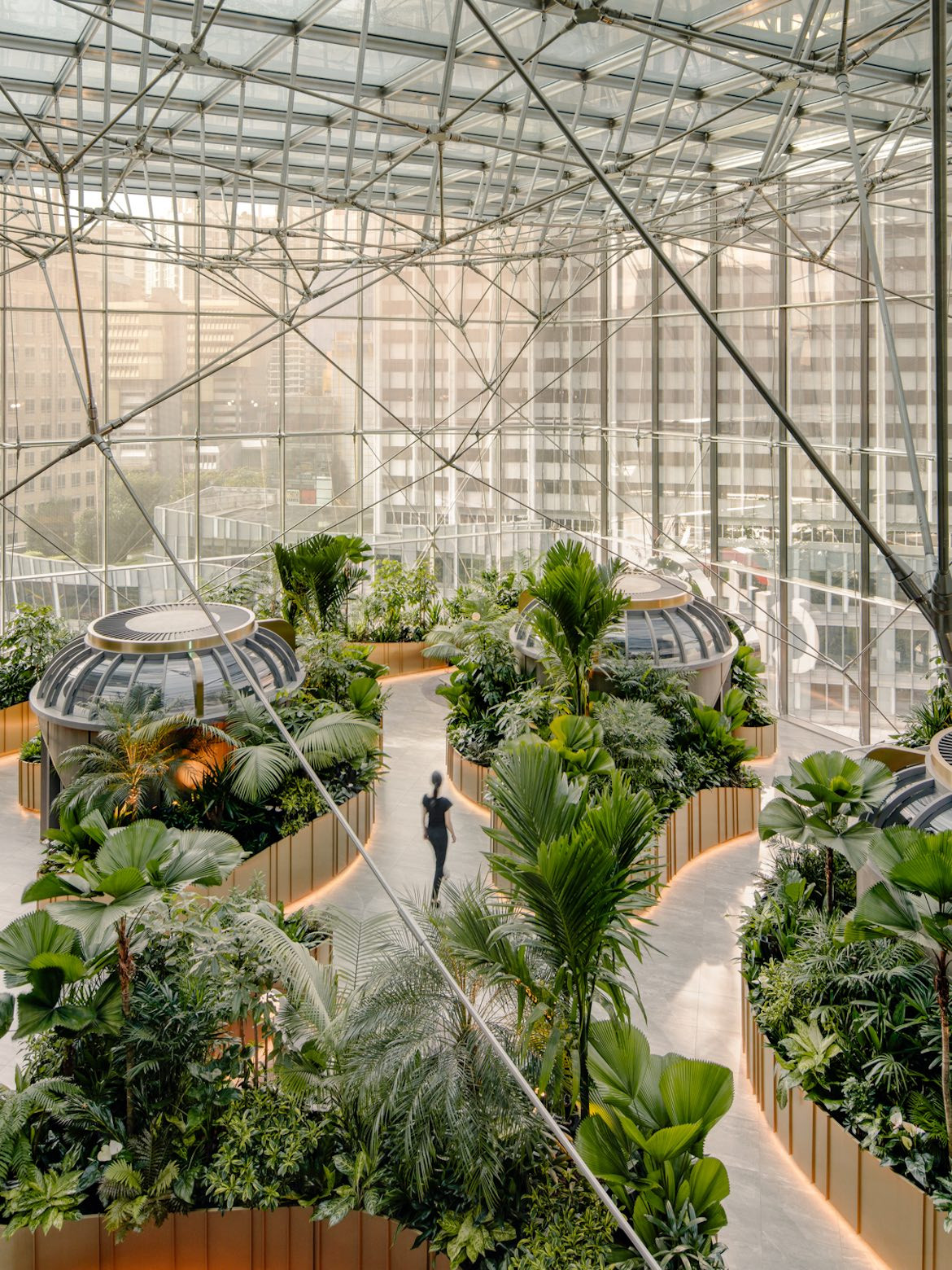
Situated smack-bang in the middle of Orchard Road – next to the Apple store, no less – the 2,787-square-metre Citi Wealth Hub is a giant, glass conservatory, home to a veritable jungle. The central talking piece is the main atrium. Here, tinted glass walls and sky lights shield betel nut trees jostling with parlour palms. Saplings and arums sit side by side, and bird’s nest ferns, money plants and Boston ferns add a lower layer of tropical life. In amongst this tropical flora sit Garden Pods for private meetings on level seven, with central, marble-clad bars on each floor catering to refreshment needs. No water coolers and paper cups here, and no – as Colin Seah puts it – “dinky little menus”.

Seah is founder and director of design at Ministry of Design (MOD), and he’s also one of the key minds behind this fresh-faced new wealth hub. This was the first time MOD had worked on a wealth management centre, and this, along with the design studio’s ethos of “questioning convention”, surely helped it take a completely different tack.
It all started when MOD entered a design competition initiated by Citibank to find a designer for its new wealth centre. The largest of its kind for Citibank, this was slated as the workplace of private bankers and wealth relationship managers, and the polestar of their interaction with private clients.

Surprisingly, Seah says MOD didn’t enter to win. “When you enter to win you curb your risks and try to guess the best move. I don’t find it helpful for innovation. In this case, the opportunity allowed us to take some risks.”
An initial site visit inspired Seah. “There was this Eureka moment: I envisaged the lush botanical quality the space would have, a great parallel to sustainable wealth growth as opposed to unsustainable wealth growth.”
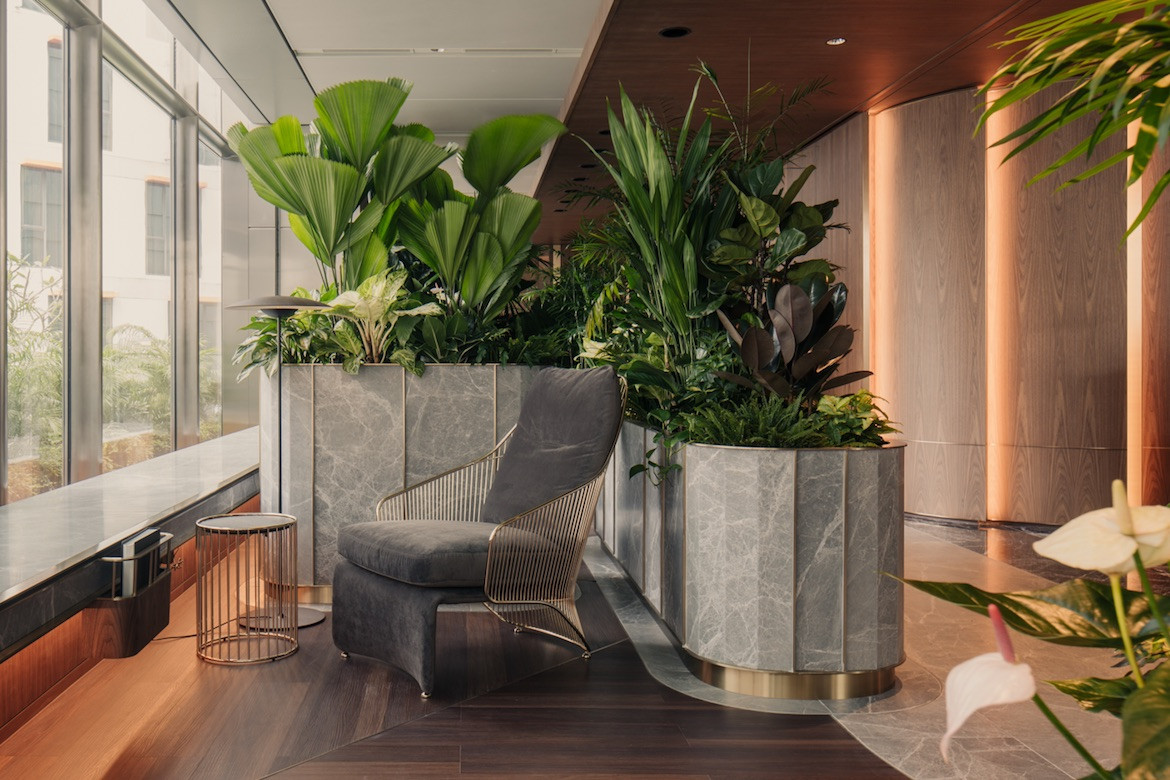
The first hurdle was convincing the client of the “viability of the project, maintenance of all the plants and feasibility costs, but they grappled with it very willingly because they saw the value in it,” he says.
To overcome this challenge, Seah and his team brought ICN Design International on board, the landscape architects behind Jewel Changi Airport’s forested microclimate. Unlike Jewel, though, this was an existing site, so purpose-building irrigation systems wasn’t an option.
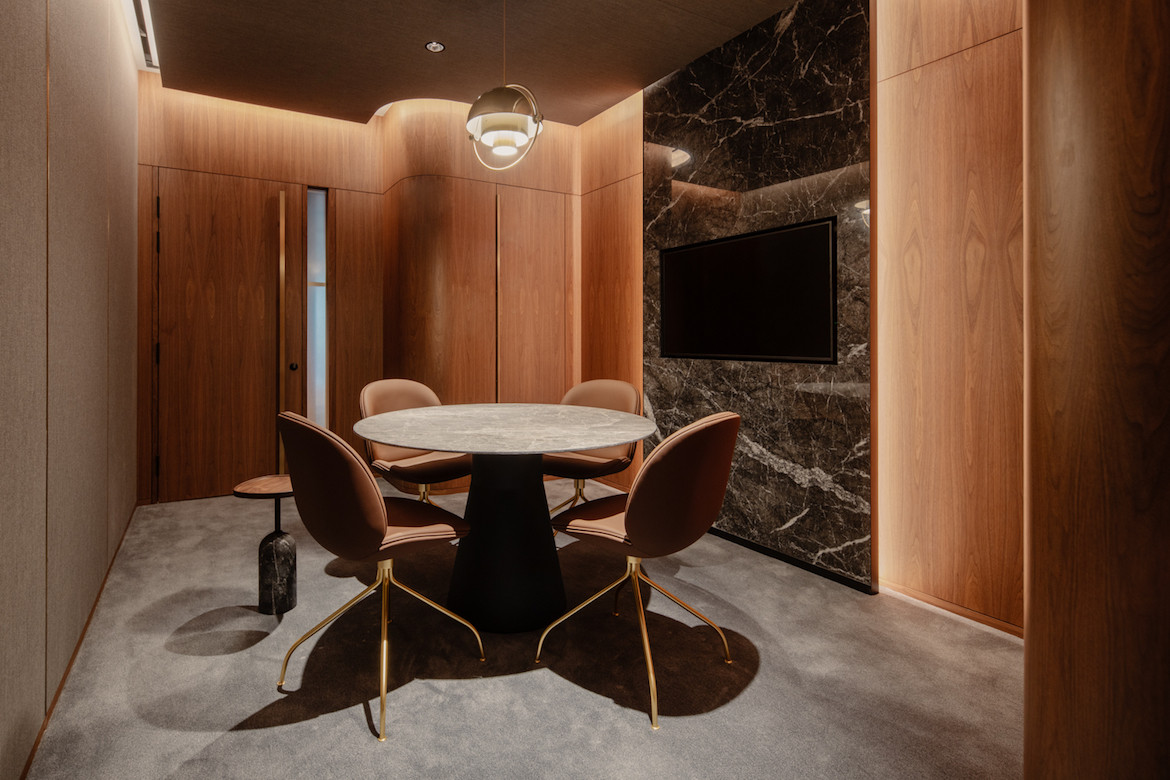
The solution was a hydroponic system that’s completely water- based, manually supported and easy to navigate in terms of shifting plants in and out. Each plant is individually potted, although it doesn’t appear that way, and it sits within a custom, laser-cut setting, alongside the Garden Pods – all of which had to be sealed, artificially ventilated and equipped with their own fire sprinkler systems, in order to facilitate private conversations between bankers and their clients.
Client-facing points in this wealth management centre are unquestionably innovative. But where the Citi Wealth Hub also steps out of the box is in its approach to back-of-house.
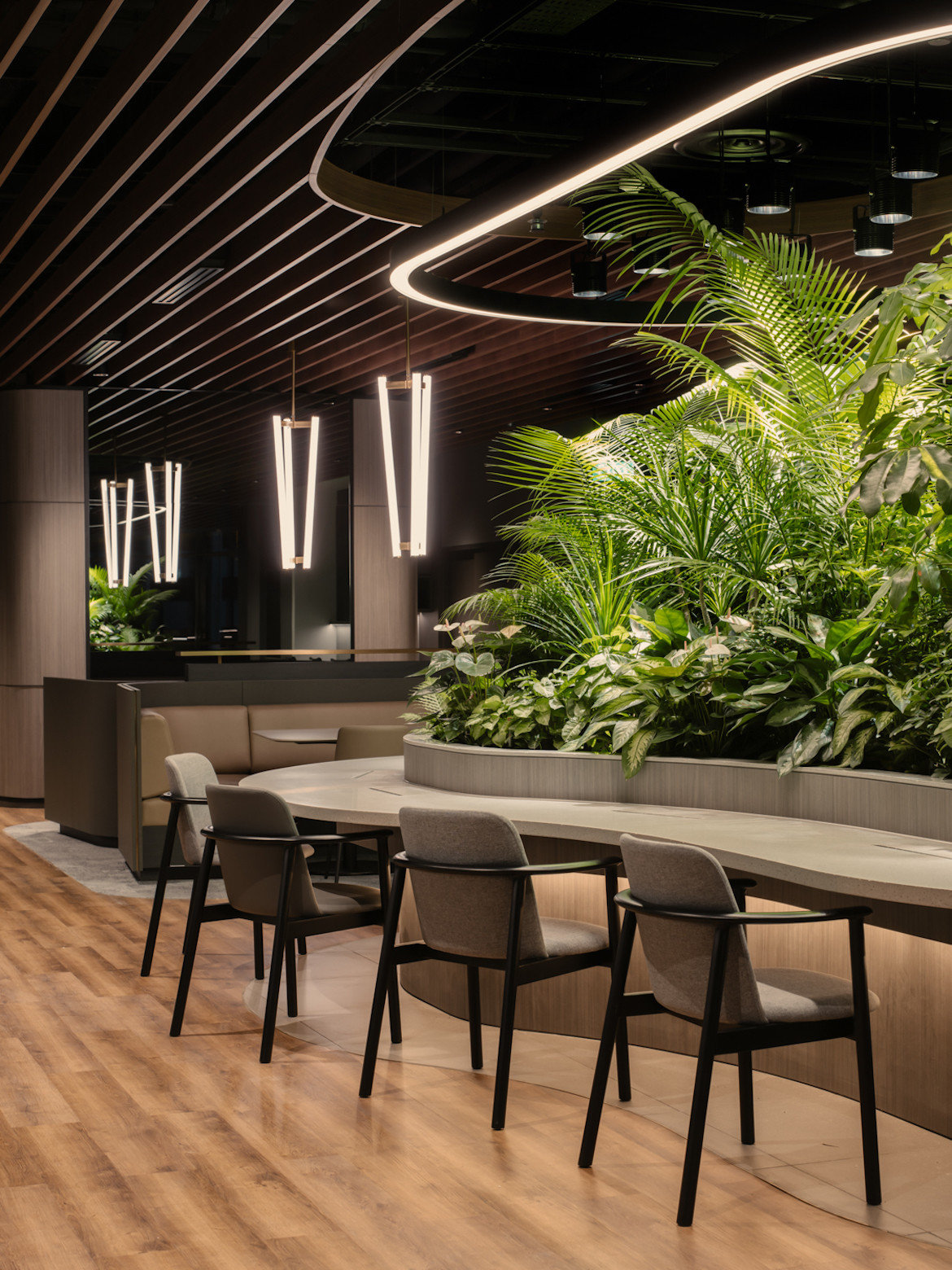
The foliage extends far beyond the main, client-facing space, and it’s not just an afterthought. Greenery springs up like mini tropical islands at the centre of hot-desking areas, behind collaborative spaces and in other meeting rooms.
While the building’s exterior may be sharp and angular in glass and steel, the interiors are all decidedly biophilic, with organic lines and rounded forms – from reception counters and planters through to staff work areas which are predominantly hot-desk-based.
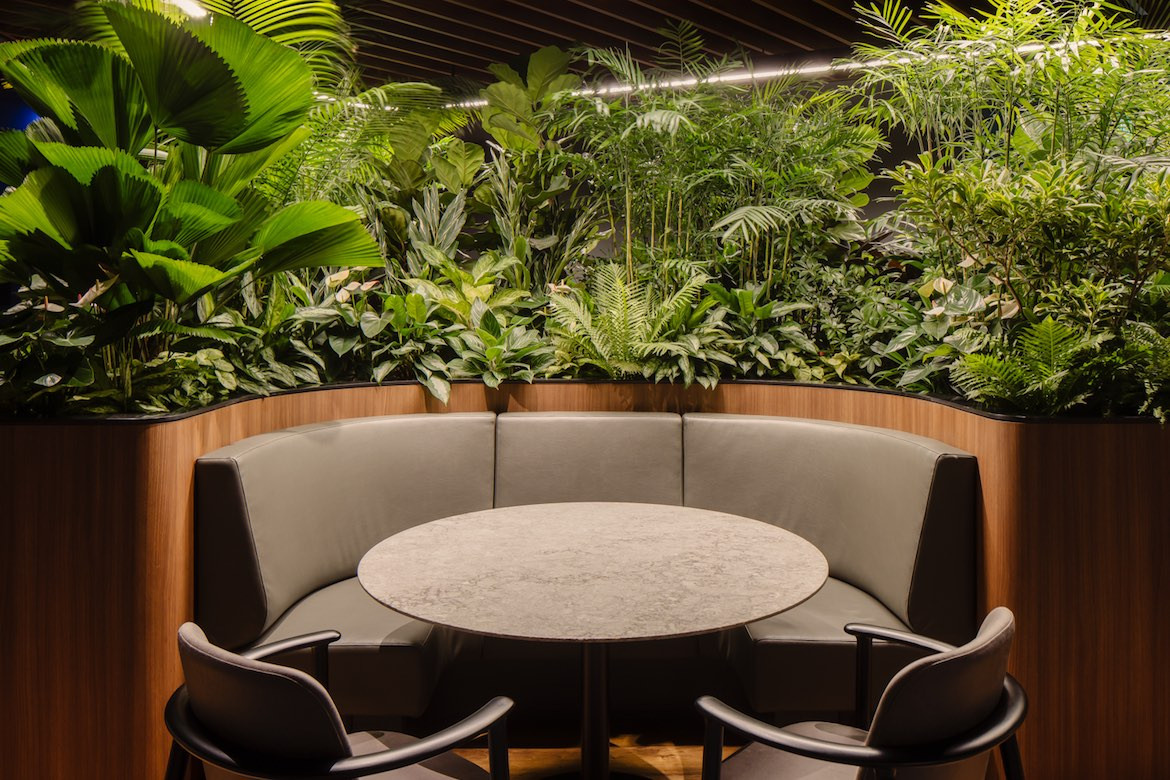
“We realised the [greenery and biophilic approach] shouldn’t just be relegated to the atrium area, for the enjoyment of those who are there for a few hours for a meeting,” says Seah. “We decided early on that one of the values we would espouse here was the continuity throughout of the good this space would bring to everyone who uses it – not just the clients. It’s a departure from the typical model where the front-of-house is all marble and chandeliers and warm lighting, while back-of-house is full of cubicles, carpet tile and grey tones.” The client, says Seah, readily supported this, and, with “clever value engineering, we were able to achieve this continuity on budget”.
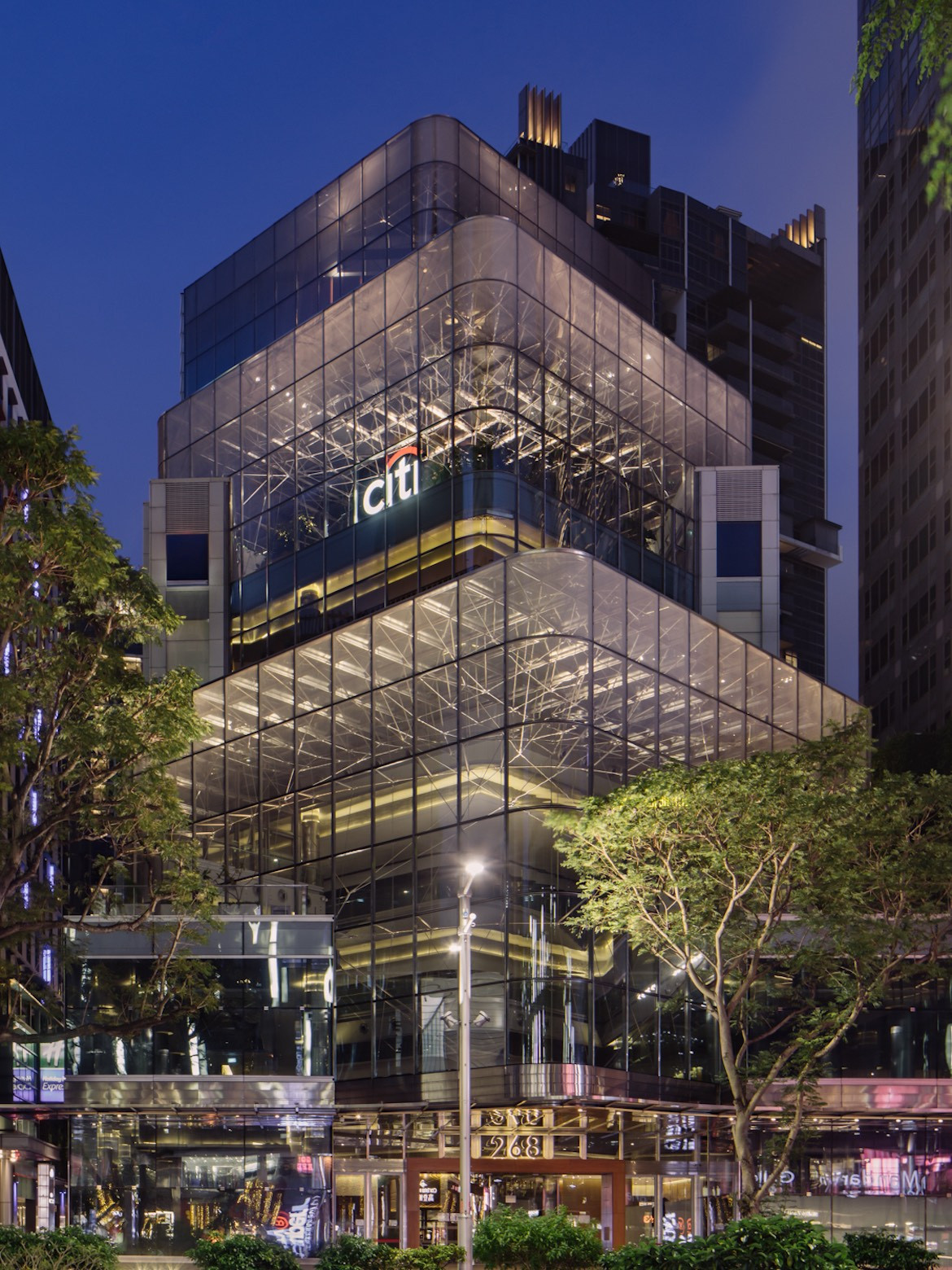
The trust and encouragement to innovate that MOD received throughout was what Seah valued most about working on this wealth hub. “It’s not as if innovation is required at every turn or corner, but there are certain major milestones where it’s needed. If you don’t meet these, you run the risk of being irrelevant, or merely conventional.”
Conventional is exactly what Citi Wealth Hub isn’t. It sets a new benchmark in not only design for wealth hubs, but also workspace as a whole.
Ministry of Design
modonline.com
Photography
KHOOGJ
Citi Wealth Hub is the INDE.Awards 2021 winner for The Shopping Space, partnered by Tappeti.
Join our collection to add your product.
Keep up to date with the latest and greatest from our industry BFF's!

Elevate your outdoor spaces with pieces that are beautiful, functional, and engineered for you.

With the exceptional 200 Series Fridge Freezer, Gaggenau once again transforms the simple, everyday act of food preservation into an extraordinary, creative and sensory experience, turning the kitchen space into an inspiring culinary atelier.

Another Sydney project has taken out the top prize this year in Singapore, with a wide range of other winnings works from around the world.

Fresh from Singapore, the first round of winners from day one of the World Architecture Festival have been announced.
The internet never sleeps! Here's the stuff you might have missed

In this episode of Stories Indesign podcast, Timothy Alouani-Roby speaks to former Habitus Guest Editor and Winnings x Habitus House of the Year juror, Sarah-Jane Pyke of Arent&Pyke.

Design Mumbai this year will be India’s first international contemporary design show, running from 6th to 9th November.